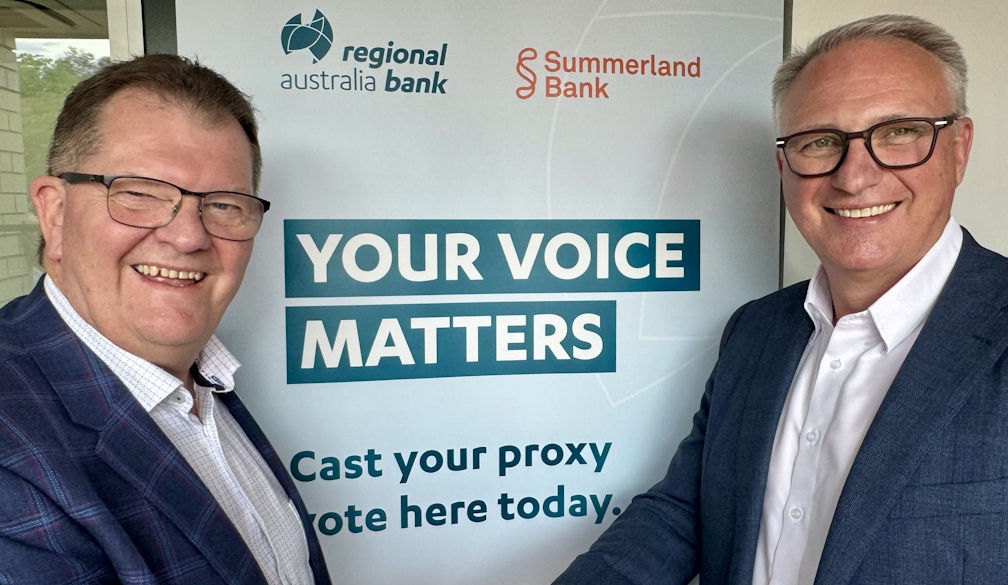Nonprofits can become more resilient by spending more on fundraising and admin − new research
- Written by Telesilla Kotsi, Assistant Professor of Operations and Business Analytics, The Ohio State University

Most food banks, homeless shelters and other social services nonprofits constantly face hard decisions about how to use their limited funds. Should they spend as much as possible on meeting the immediate needs of people who need help? How much of their budget is appropriate to spend on new equipment, skilled managers and everything else required for an organization to thrive and endure?
To help nonprofits tackle this quandary, we teamed up with two other business professors[1], Arian Aflaki[2] and Goker Aydin[3], to develop a mathematical model to guide nonprofits on how to divvy up their spending[4] to optimize both current performance and future resilience through their spending priorities.
Having observed how charity watchdogs like Charity Navigator rate nonprofits[5], our model takes into account that spending more on core programs leads to increased funding for a nonprofit. In consultation with the Indiana Hoosier Hills Food Bank, we also studied the relationship of administration costs with a nonprofit’s capacity, which comprises the organization’s infrastructure, equipment, staff and other resources. This capacity is crucial for the nonprofit’s ability to meet its immediate and future needs.
Building on this, our research challenges the conventional wisdom that nonprofits should allocate nearly all of their budget to program costs. We found that striking the right balance depends on an organization’s existing capacity.
Our model indicates that new organizations and groups that are operating on small budgets need to spend a larger share of their revenue on administrative costs than larger, more established nonprofits. This investment lays a solid foundation for long-term resilience and ensures they are better equipped to serve their beneficiaries.
As nonprofits grow and establish some level of capacity, the emphasis should then shift to fundraising. That approach allows them to gather the funding necessary to maximize their existing capabilities. Importantly, the share of spending for administration or fundraising should align with the organization’s anticipated future needs.
For instance, if a nonprofit expects to take on larger projects or greater responsibilities in the future, it would be prudent to increase administrative spending now to prepare for those challenges.
Why it matters
Administrative costs[6], also known as overhead, encompass salaries, training, infrastructure, equipment and upkeep.
Donors and grantmakers often pressure nonprofits to devote as much of their budgets as possible[7] to providing services, generally known as a nonprofit’s program. Many funders even set admin and fundraising caps in grant agreements. These well-meaning practices can compel nonprofits to scrimp in ways that make them less effective[8].
After years of investing too little money in, say, computers and professional development, nonprofits eventually have to pivot and devote more money to those neglected needs. Once their financial health is no longer shaky, those groups tend to cave again to their donors’ concerns, cutting their budgets for fundraising and administrative activities.
Scholars of nonprofit management have sounded the alarm about this “starvation cycle[9],” for two decades. But there are some signs that this loop might be breaking.
Big donors like the Ford Foundation are now dedicating 20%-25% of their grants to cover overhead[10] – or even providing their support with no strings attached[11], recognizing that for a nonprofit to be successful it needs to be well managed. Meanwhile, organizations that rate nonprofits, like Charity Navigator, are starting to broaden their criteria to look at an organization’s overall well-being and impact[12], not just how they minimize spending on administration and fundraising[13].
Rather than neglect urgent spending priorities, some nonprofits resort to misclassifying certain expenses. That is, they pay for administrative work with money designated as[14] program related in their budgets. This strategy makes financial distress less likely but interferes with transparency and can undermine budget discipline.
What isn’t known
In the future, we plan to collaborate with charity watchdogs to gain their insights on how our evaluation recommendations could be applied to reflect each organization’s specific capabilities and goals. This will help us understand any limitations and make necessary adjustments for broader use.
The Research Brief[15] is a short take on interesting academic work.
References
- ^ teamed up with two other business professors (scholar.google.com)
- ^ Arian Aflaki (scholar.google.com)
- ^ Goker Aydin (scholar.google.com)
- ^ divvy up their spending (doi.org)
- ^ how charity watchdogs like Charity Navigator rate nonprofits (www.charitynavigator.org)
- ^ Administrative costs (www.councilofnonprofits.org)
- ^ pressure nonprofits to devote as much of their budgets as possible (insidecharity.org)
- ^ make them less effective (theconversation.com)
- ^ starvation cycle (www.ssireview.org)
- ^ Ford Foundation are now dedicating 20%-25% of their grants to cover overhead (www.fordfoundation.org)
- ^ with no strings attached (theconversation.com)
- ^ organization’s overall well-being and impact (www.charitynavigator.org)
- ^ minimize spending on administration and fundraising (philanthropynewsdigest.org)
- ^ pay for administrative work with money designated as (www.philanthropy.com)
- ^ Research Brief (theconversation.com)







